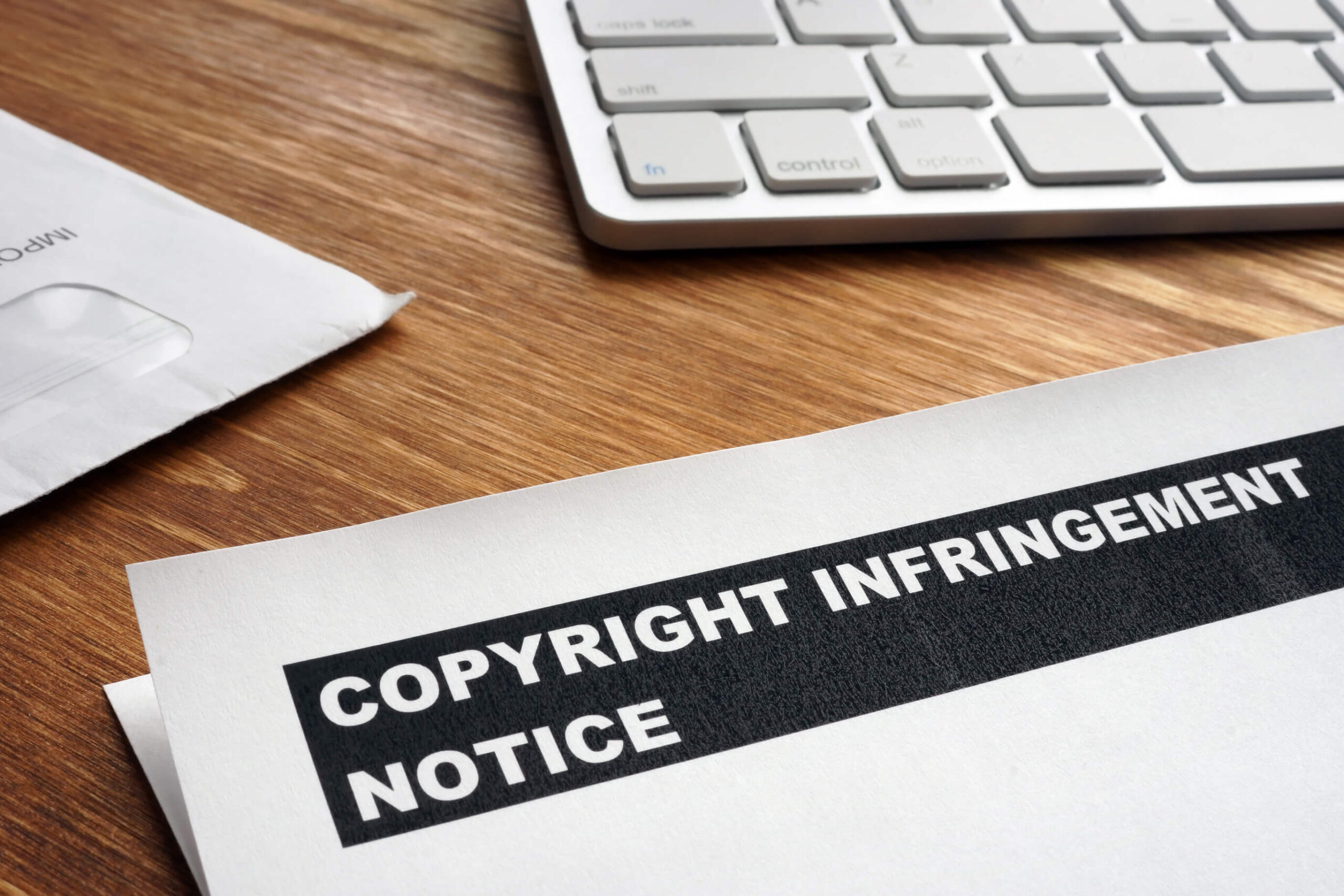Have you ever shared a meme, quoted a movie, or used part of a song in your online content? If so, you already have experience navigating the complex world of copyright and fair use.
Copyright laws exist to protect creators and their works, yet they often create confusion. For instance, not all uses of copyright material require permission. But here’s the catch: the line between legal use and infringement is often blurry.
Don’t allow legal jargon or copyright strikes on your YouTube page to intimidate you. Explore our guide and ask for legal help to protect your rights and creations with us today.
Defining and Understanding Copyright
Copyright law grants creators exclusive rights to their works, whether they make books, music, paintings, or software. The primary purpose is to encourage creativity and innovation by ensuring creators can benefit. This protection rewards artistic endeavors and stimulates more cultural and educational content for the public.
Copyright extends to a wide range of creative works. Originality is essential – the work must be an independent and creative endeavor. However, it is notable that it is not ideas that get copyrighted but their expression. For example, a novel has protection, but others may explore the underlying plot or characters.
Generally, copyright lasts for the life of the creator plus 70 years. Works created for hire can remain for 95 from publication or 120 years from creation, whichever is shorter. These time frames ensure the creators and their heirs benefit from the works during their lifetime. Eventually, these works enter the public domain and are free to access.
Exploring Fair Use
Fair use is a legal doctrine that allows limited usage of copyrighted material without authorization. It exists so these creations benefit society without harming their creator. The law applies in various contexts, including commentary, criticism, news reporting, teaching, and scholarship.
Fair use plays a pivotal role in fostering creativity and freedom of expression. It encourages artists, educators, and commentators to create new, transformative works. As a result, it also supports a culture of remixing, parodying, and building upon existing content.
The first factor in fair use analysis is the purpose and character. Non-commercial or educational uses are more likely to support legal arguments. Additionally, this element requires using copyrighted material for new insights or understandings.
Second, the law calls for examining the nature of the copyrighted work. Factual or informational works tend to lean more towards legality when compared to highly creative ones. After all, the spirit of the law is to disseminate information for the benefit of the public. Regardless, even creative works can qualify, especially if it is non-essential.
Third, the portion of the copyrighted work used is a substantial consideration. For instance, using a small excerpt is more likely to be acceptable than a large portion. Nonetheless, even a short excerpt might not be fair if it is at the “heart” of the original work.
Finally, there should be an examination of the potential effect on the market for the copyrighted work. The new usage may encompass the original and harm its marketability. This factor is crucial because the ability to benefit monetarily should not become compromised.
Navigating the Gray Areas
Dealing with fair use law can feel like walking a shifting tightrope. One such area involves using copyrighted material for online content creation. For example, a YouTuber might employ a short clip from a movie for critique or parody. But the line becomes blurred when the copyright owner claims it doesn’t transform the meaning or purpose.
Seeking legal advice becomes invaluable when the boundaries are not clear-cut. Your attorney can guide you on how the courts have interpreted similar cases and identify any liabilities. This proactive approach can help you make wise decisions and defend using copyrighted materials.
Impact on Creators and Consumers
Finding the line between fair use and copyright infringement is invaluable to content creators. It empowers you to use existing works while respecting the rights of the original creators. This knowledge fosters innovation as artists and creators can confidently draw upon existing materials.
Still, ignorance of these laws is no defense. You can face legal disputes, financial penalties, and a damaged reputation. Awareness and cautious application of the law are essential to thrive in an environment increasingly reliant on collaboration.
Consumers and the general public also stand to benefit significantly. Proper application of fair use allows for a richer cultural experience, especially in educational and parodist contexts. Moreover, a robust use of this doctrine ensures the market does not flood with monopolistic control over content.
Ask a Copyright Lawyer About Fair Use vs. Infringement
Getting through copyright infringement accusations or fair use claims on YouTube is a constant concern for creators. Fair use may foster creativity and freedom of expression, but it can be a double-edged sword.
Do you believe you could benefit from some sound advice from a copyright attorney? Then ask us for help. We have connected over five million people to attorneys in the United States.
Call our representatives at (866) 345-6784 or complete this online form today!

